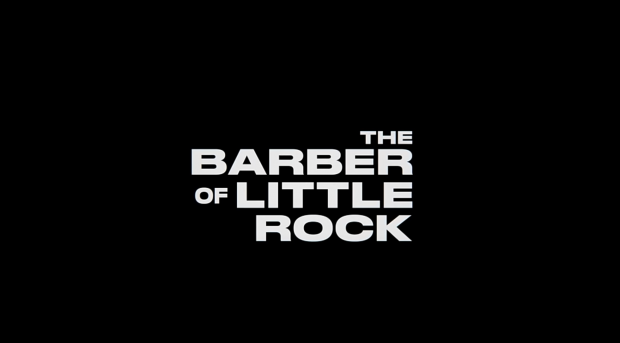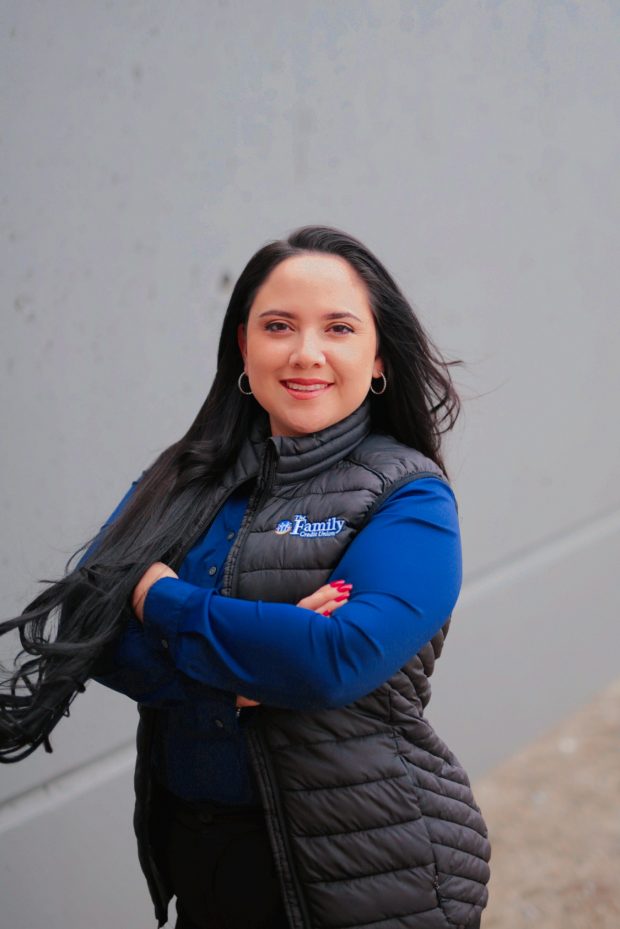 CUNA headquarters in Washington, D.C. (Photo credit: CUNA)
CUNA headquarters in Washington, D.C. (Photo credit: CUNA)
Samira Salem, CUNA's first-ever vice president of diversity, equity and inclusion, was born into diversity as the first-generation American of her family. In the 1960s, her father from Egypt and mother from Guatemala immigrated and settled in Southern California, where they met through mutual friends.
"The principles of DEI, social justice and commitment to community, all of that pretty much came from the cradle," Salem said. "That was the modus operandi in our family and how I walk through life because of that experience."
Recommended For You
She earned a bachelor's of arts degree in economics from Pepperdine University and then a master's of arts in the same discipline from the University of Southern California.
"Part of the rationale for going into economics is because throughout my life I've seen extreme poverty and extreme wealth, and I wanted to understand why this could exist and coexist. Why are some people rich? Why are some people poor? I was drawn to economics to drill into some of those questions," she said.
Since 2002, Salem has held a variety of professional positions that gave her the opportunity to work on several aspects of DEI challenges – senior development specialist for international development company DAI, senior trade analyst for labor with the U.S. International Trade Commission and consultant for the Center on Wisconsin Strategy. Before she joined CUNA as a senior policy analyst two years ago, she served as director for social innovation and community development for Forward Community Investments.
In an interview with CU Times, Salem shared her insights about DEI, why it is an important priority for the industry and how credit union executives can leverage it for current and future opportunities and growth.
CU Times: Can you tell us how you define diversity, equity and inclusion?
Salem: At its core, DEI is about an appreciation for the interdependence of humanity, different cultures and different ways of being. Diversity is really about the differences that exist between people. We know there are multiple dimensions of diversity, which includes, of course, race and ethnicity, and national origin, but also sexual orientation, and gender and educational background – things that are both visible and invisible, which I think is important to point out because oftentimes when people think of diversity, they think of a very narrow definition of that [word]. Equity is about fairness [that is] concerned with outcomes and giving people what they need to prosper. When we talk about inclusion, we think about all of these concepts in the context of an organization and how it works. So, an inclusive workplace is one where we know diversity is valued. People feel a sense of belonging, they feel safe, they feel respected and they feel comfortable bringing their full self to work. When staff feels like they belong, they can fully contribute to the mission of the organization.
 Samira Salem (Photo from: CUNA)
Samira Salem (Photo from: CUNA) CU Times: Why should credit unions get involved with DEI?
Salem: I see that as a three-legged stool. First, it aligns with our values, including cooperative principles and our values of people helping people.
Second, it brings the competitive advantage piece, and that's where the business case comes in about being able to access an increasingly diverse marketplace. We know that in the next two decades the U.S. is going to be majority people of color. We also know that these folks have a different relationship to money, and finance, and financial institutions, so to really remain relevant, we need to reach these folks, we need to ensure that we understand them so we can better serve them. And how do we accomplish that? By being more diverse, more equitable and more inclusive.
The third leg is about the policy makers and regulators. Last year the House Financial Services Committee established the first-ever subcommittee on DEI. The NCUA has got the Office of Minority and Women Inclusion that's responsible for taking the lead on this. They've developed tools like the Voluntary Diversity Self-Assessment survey to really help credit unions gauge where they're at when it comes to DEI and to really identify best practices. With all of this, there's a huge caveat. In order for credit unions to realize the benefits of diversity when it comes to the business case, we need to get past the base idea of hiring more diverse people and expecting to see the results. That's not going to happen. We need to ensure that, yes, you have diversity but there's also the cultural inclusion that I was talking about before – those three pieces [of diversity, equity and inclusion] – that go hand in hand. We've got a really strong case, but we also need to make sure that we're doing what we need to do in order to reap the benefits of DEI.
CU Times: What steps do you think credit unions can take to address racial and other inequalities in their organizations and communities?
Salem: It involves understanding the demographics of their members, the challenges they face and their needs. It's also important to look at our workforce to make sure that within our organizations we have the right people who are going to help us avoid blind spots and help us develop the right solutions for members. It also means working with community organizations that are working to dismantle racism. You need to be an active partner in this work of DEI because it complements the other work that needs to be done to dismantle these inequitable systems.
The other work that needs to be done is education. We've got to educate ourselves about structural racism and the history of oppression against people of color in the U.S. We've got to understand that racism spans past and present, and if we don't do something about it, it's going to flow into our future. The other piece of it is learning to dig deeper internally and to build empathy. Having these kinds of conversations in our organizations that are empathic and are about healing is also important. Check out the African American Credit Union Coalition's initiative, the commitment to change for credit unions to unite against racism. They're doing a lot of education, they have amazing conversations and I think they have some activities that will really help credit unions move into DEI. Take a look at that commitment to change. There are a number of concrete ideas that credit unions can consider in terms of making changes in their organizations.
CU Times: How can credit unions improve how they go about recruiting people of color?
Salem: It's a question we get a lot from credit unions. We need to start looking in new places. If you're using the same networks time and time again, it's not surprising that you're not going to find what you're looking for. Some organizations have developed relationships with historically black colleges and universities, HBCUs. There are organizations that focus on recruiting diverse candidates so maybe working with them could help. If you're working in the community and you're building partnerships, you're going to have more diverse relationships and that may yield what you're looking for. By all means, if you have ERGs, employee resource groups, use those folks who are committed to making your organization a better place. They are natural leaders.
CU Times: How can credit unions attract new members of color? Salem: Despite the fact that we have membership restrictions, we serve a higher percentage of Black households than banks. That's not true for the Hispanic Latinx population. The opposite is true. There's a real opportunity for us to do better things for the Hispanic Latinx households but also for the Black households because we know that nearly half of all Black households are underbanked and unbanked.
One other thing that we know about the underbanked and unbanked households and communities of color is they tend to have higher levels of distrust with financial institutions. They have a harder time accessing capital and accessing financial institutions more generally. Geographic location can be important. One of the things that credit unions are largely doing a good job of is they are locating branches in racially and ethnically diverse communities, which is helping to facilitate access and a longing for financial inclusion.
In addition to continuing to be thoughtful about where we're locating our branches, it is also important to be welcoming, having a staff and an organization that reflects your members. You have to understand how incredibly powerful that is and that it really signals to the members that you value them, you understand them and you're going to treat them equitably. That's really important.
It's also important to audit your products and services, using a DEI lens – [learning] who benefits or who is hurt by these products is going to help ensure that you're not inadvertently taking in bias. Finally, be a good neighbor. Become part of the fabric of the community. Be present in the community at community events and community affairs.
© Touchpoint Markets, All Rights Reserved. Request academic re-use from www.copyright.com. All other uses, submit a request to [email protected]. For more inforrmation visit Asset & Logo Licensing.







